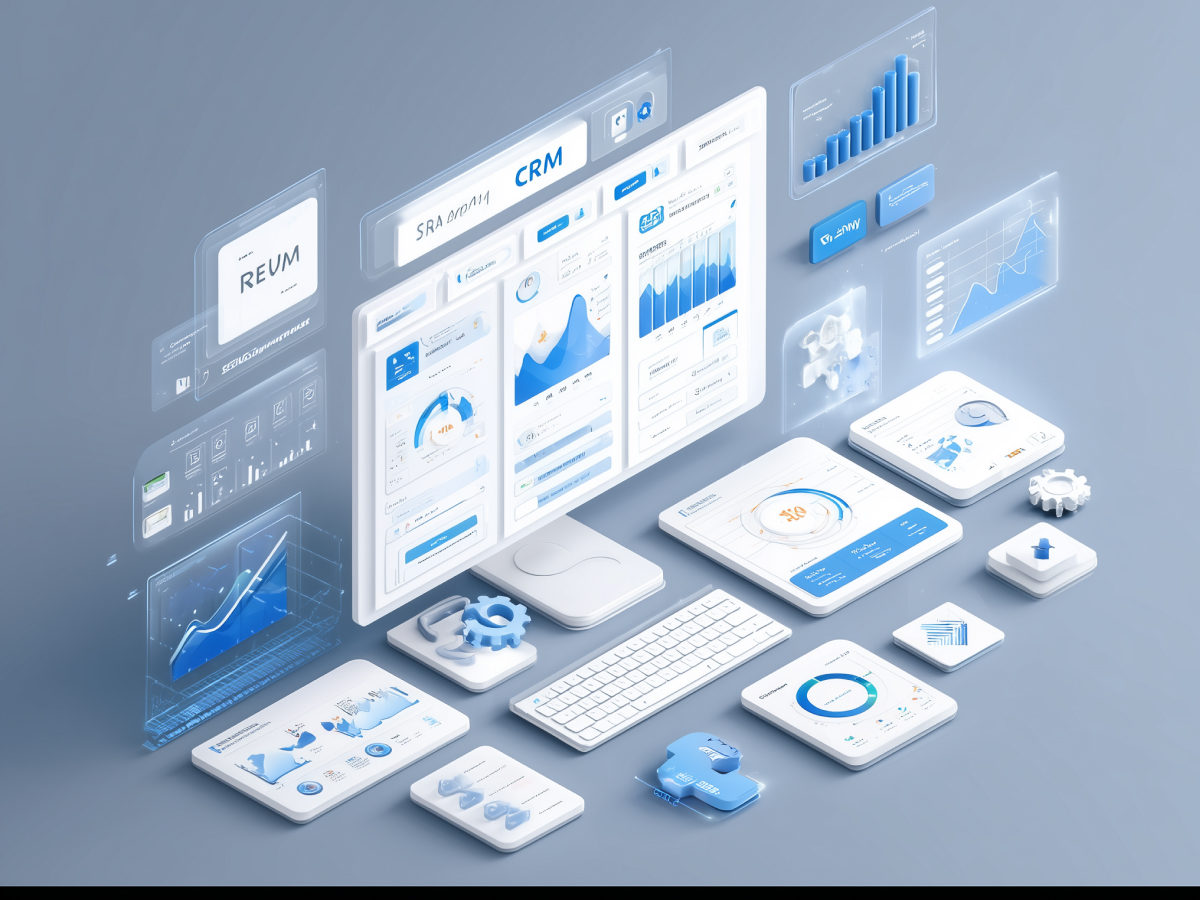AI tools are significant vectors for data loss
We’ve hit a point where AI is embedded into nearly everything we do. Tools like ChatGPT and Microsoft Copilot are already driving massive productivity gains. They generate content fast, assist with code, and process tasks at a scale that’s hard to match with human-only systems. But there’s a tradeoff. These same tools have become major entry points for unintentional data loss.
Here’s the real issue: most users aren’t thinking about what they’re feeding into these platforms. When someone shares a document or types in a problem that includes confidential data, like customer records or social security numbers, it often gets processed and stored externally. And while AI vendors have improved transparency, in many cases data isn’t staying inside your environment or walled off from other models. That’s a problem, especially at scale.
Enterprises need to see this clearly: most AI is designed around scale and accessibility, not necessarily security. Right now, AI is creating efficiency. But it’s also introducing blind spots that traditional data protection methods haven’t fully addressed. Executives need to prioritize governance frameworks that specifically address AI content ingestion, interface permissions, and audit-level visibility.
If you’re tracking the numbers, they’re not subtle. According to the 2025 Zscaler ThreatLabz Data Risk Report, millions of data loss incidents occurred in 2024 through AI tools alone. A disturbing number of them involved personally identifiable information.
This means you need to make AI safer. That starts with policies that guide what data can be used, technical safeguards that monitor in real time, and enterprise-specific deployments that localize model training and output. These steps help you scale AI within secure boundaries. It’s not just about preventing mistakes, it’s about maintaining trust while innovating. And that’s what matters.
Escalation of data loss incidents through SaaS applications
The growth in SaaS adoption isn’t slowing. What began as a convenience has become core infrastructure for most modern enterprises. Companies now rely on thousands of SaaS apps to manage everything from CRM and HR to finance and operations. The upside is clear, faster execution, better collaboration, and reduced infrastructure costs. But there’s a growing downside: security blind spots are multiplying.
SaaS environments are dynamic and distributed. Each platform comes with its own data policies, sharing settings, and user permissions. Multiply that by hundreds or thousands of applications across an organization, and what you get is a fragmented security perimeter, almost impossible to manage without the right tools.
What’s currently happening is that data is moving fast, faster than most security teams can track. Files get uploaded, shared externally, modified in-app, or pushed into integrations. Without centralized oversight, sensitive information can be leaked through routine use that no one even notices until it’s too late. And attackers know this. They exploit misconfigurations and weak authentication paths inside these apps to move within an organization undetected.
Here’s the data worth noting: The 2025 Zscaler ThreatLabz Data Risk Report tracked more than 872 million data loss violations across over 3,000 SaaS applications in 2024 alone. That scale should concern every executive with digital assets in the cloud, especially those using deeply integrated SaaS environments.
Security needs to evolve with usage. That means implementing zero trust models across SaaS platforms, consolidating visibility through unified dashboards, and automating policy enforcement consistently across all environments. Leadership should also ensure security teams work closer with IT and business owners to align on how data is accessed, shared, and retained.
None of this is about slowing down adoption. It’s about maintaining control as scale increases. SaaS is essential for innovation, but startups and enterprises alike need to treat it as a high-priority security domain. That means more automation, better discovery tools, and tighter integration with corporate governance systems.
Persistent risk of data loss via email
Email has been around for decades, and it’s still one of the most used business tools globally. Despite the rise of newer platforms, executives and teams continue to rely heavily on email for critical communications. That consistency is also its weakness, because it’s so embedded, it’s rarely questioned. But the risks tied to email have stayed persistent, and in many organizations, they’re getting worse.
The problem isn’t just phishing or spam. It’s internal habits. Sensitive files are sent without encryption. Emails are forwarded without checking recipients. Confidential data is attached or copied without proper clearance. These are not system-level flaws, they’re human ones. And they happen millions of times a day.
This should be high on the C-suite’s radar. The most significant breaches don’t always come from external attacks, they come from overlooked channels. Email is transparent by default. It doesn’t enforce data classification or validate whether a recipient is supposed to see what’s included. Without controls in place, this channel becomes an open window.
The scale is real. Zscaler’s 2025 Data Risk Report shows 104 million transactions via email resulted in billions of sensitive data exposure incidents. That suggests the issue isn’t limited to IT governance, it’s now a cross-functional risk affecting legal, compliance, finance, and investor relations.
Leadership needs to do more than deploy spam filters. This is about giving security teams the backing to install mandatory encryption, automate data loss prevention rules, and roll out domain-specific training. Prevention here doesn’t require complexity, it requires consistency. Every user, every level, every device.
It’s also time to push email into the broader conversation around digital transformation. Integrate it with your identity systems. Connect it with DLP engines. Monitor flows with standardized frameworks already in place across other collaboration platforms. The less fragmented your email security approach, the more control you maintain over your risk surface.
File-sharing applications as a recurring source of data exposure
File-sharing tools are now foundational to how businesses operate. Whether it’s for sharing documents, collaborating with partners, or storing project data, these platforms are deeply embedded into everyday workflows. The issue is how they’re managed. Most enterprises allow multiple tools to coexist, often with inconsistent controls and oversight. That’s where the exposure begins.
The risk is how users interact with them. Files are frequently shared using public links. Permissions are often set to broad access levels without review. Once data leaves the internal environment, it’s hard to know who views it, downloads it, or forwards it further. Without strict configuration management, these platforms become active channels for leaking sensitive material, intentionally or not.
Zscaler’s 2025 Data Risk Report shows that 212 million transactions involving file-sharing applications triggered data loss events. That volume confirms what security teams are already seeing on the ground: collaboration is increasing, but so is the attack surface and unintentional exposure.
Executives need to tighten this part of the stack. Data classification should follow files wherever they go. Permissions need to auto-expire or trigger alerts when shared beyond trusted parties. Admins should have clear auditing capabilities across file activities, regardless of platform or location. And employees need regular updates on policies, what’s allowed, what’s not, and where oversight begins.
Leadership also needs to treat file-sharing as a security domain in its own right. That means applying DLP rules directly inside these environments, extending endpoint protections, and aligning third-party integrations with internal data governance models. The aim isn’t to slow down collaboration, it’s to make sure security scales with it. That’s the responsibility at the top.
Key takeaways for decision-makers
- AI tools are leaking sensitive data fast: Generative AI apps like ChatGPT and Copilot were involved in millions of data loss incidents in 2024, including exposure of social security numbers. Leaders should establish strict usage policies and deploy AI-specific DLP controls to safeguard sensitive inputs.
- SaaS ecosystems create blind spots: Over 872 million data loss violations were logged across 3,000+ SaaS apps, driven by inconsistent controls and fragmented oversight. Executives should invest in unified visibility and security frameworks that scale across platforms.
- Email is still a major security gap: Nearly 104 million email-based transactions exposed billions of sensitive data points last year. Leadership must implement end-to-end encryption, auto-enforced DLP policies, and user training to reduce internal data mishandling.
- File-sharing platforms are increasingly risky: 212 million data loss incidents came from widely used file-sharing tools due to misconfigured access and uncontrolled distribution. Business leaders should enforce access expiration, auditing, and file-level classification to maintain control over shared data.





